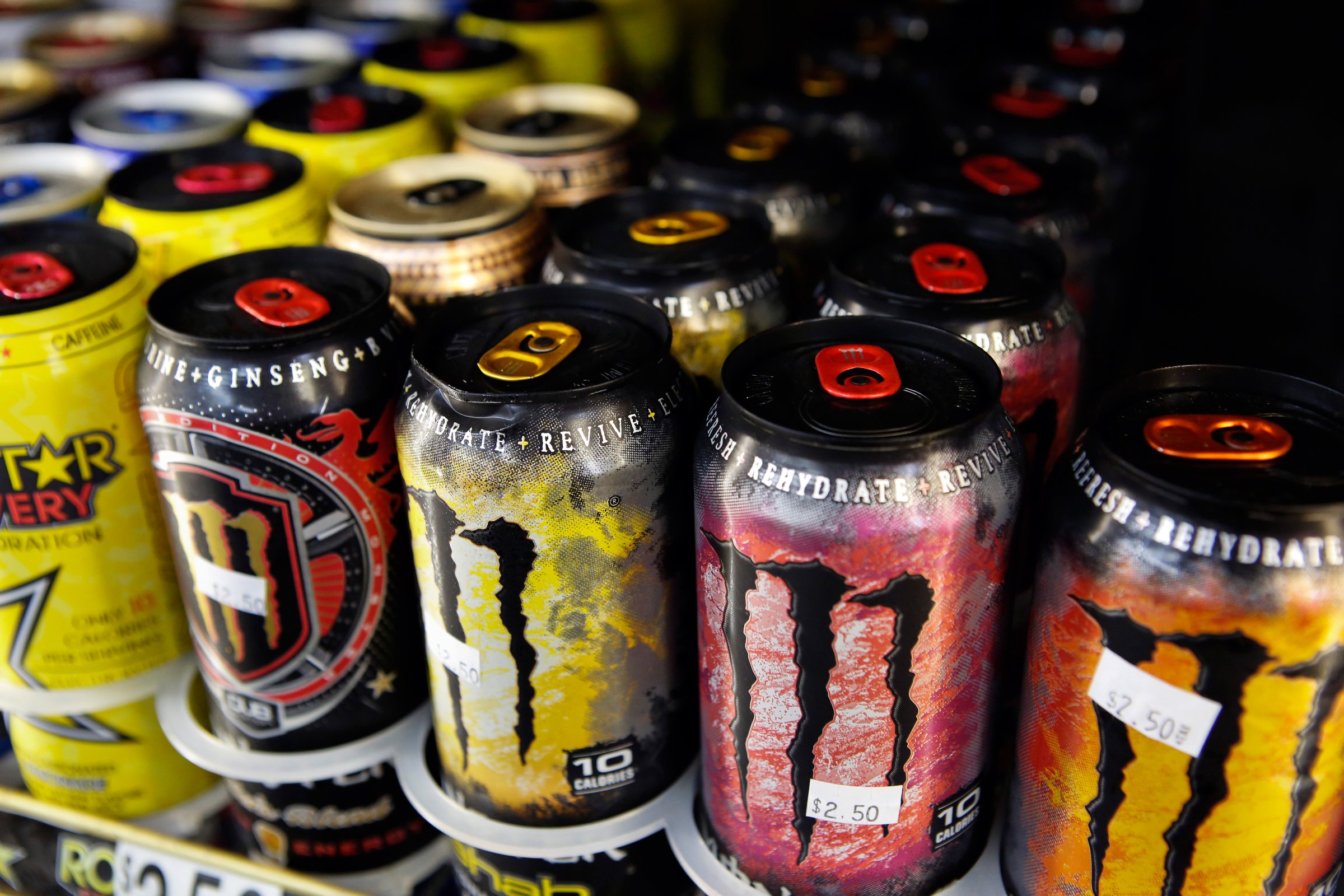
Monster Beverage’s stock tanked on Monday before quickly turning itself around and ending the day up by more than 4% after the company released quarterly numbers that looked pretty terrible. While the energy-drink maker’s business slipped a bit, most of the drop in profits had to do with the company paying off its former distributors as it moves distribution to Coca-Cola, which has taken a big stake in Monster in order to get a toehold on the market as sales of traditional soft drinks continue to fall. Investors in the end seemed to realize that nothing actually looked any bleaker after all.
Monster reported $4.4 million in profits, compared with $95.2 million a year ago. Revenue was up, but only slightly, and a bit less than most analysts were expecting.
Despite all the short-term pain, Monster is banking on long-terms gains thanks to its relationship with Coca-Cola, which will soon own 17% of the company. That deal, announced last August, is expected to close in the current quarter. Monster is a close No. 2 to Red Bull in the market for energy drinks. While there are many small players in the market (including ones owned by big companies), Red Bull and Monster dominate, and it looks like a Battle Royale is shaping up between the two.
Market-share-wise, here’s how things break down according to the most recent figures available (2014) from Euromonitor International:
Red Bull – The original, launched in 1997, Red Bull enjoys about 43% of the market.
Monster – A 39% market share. The company clearly hopes to surpass Red Bull with Coke’s help, though Monster executives noted in their earnings call last week that both Red Bull and Rockstar have gained share recently.
Rockstar – A strong-but-distant No. 3, the independent Rockstar has about 10% of the market.
NOS – This Coke-owned brand is named after nitrous oxide, and is often sold in containers meant to look like nitrous tanks. Its market share is about 3%.
Amp – Owned by PepsiCo, Amp also has about 3% of the market.
More Must-Reads from TIME
- Cybersecurity Experts Are Sounding the Alarm on DOGE
- Meet the 2025 Women of the Year
- The Harsh Truth About Disability Inclusion
- Why Do More Young Adults Have Cancer?
- Colman Domingo Leads With Radical Love
- How to Get Better at Doing Things Alone
- Michelle Zauner Stares Down the Darkness
Contact us at letters@time.com